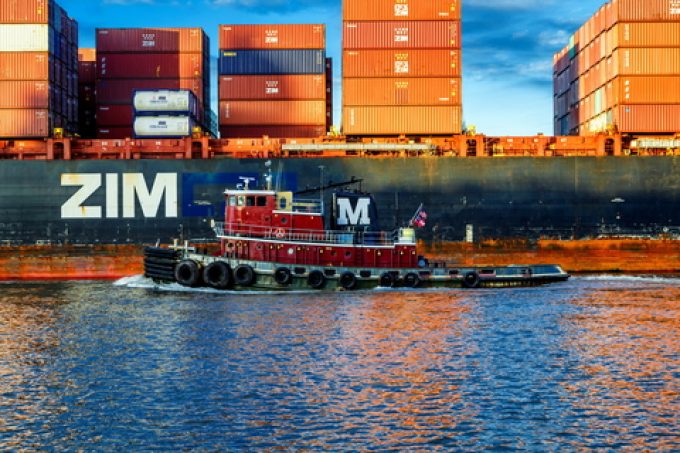Red Sea crisis forces Maersk to increase capacity over strategy limit
Maersk Line appears to have temporarily abandoned its strategy of maintaining capacity at no more ...

Israeli container shipping line Zim beat Wall St expectations after reporting healthy third-quarter results, which record a volume growth at over double the market rate.
And it said that, with some 35 vessels in its fleet due to come off charter next year, it was in a strong position to flex its fleet capacity should the market suffer a downturn in 2025.
Zim today reported a year-on-year quarterly revenue growth of 117%, to $2.77bn, and an adjusted EBIT of $1.24bn, representing an ...
'It’s healthy competition' Maersk tells forwarders bidding for same business
Semiconductors could compensate for air freight's lost ecommerce traffic
Transpacific sees first major MSC blanks as rates fall and volumes falter
US shippers slam USTR port fee plan – 'an apocalypse for trade'
'Weakened' Maersk paying a heavy price for its lack of fleet growth
Opposition builds for final hearing on US plan to tax Chinese box ship calls
Despite sourcing shifts, 'don't write-off China', says CMA CGM CCO

Comment on this article